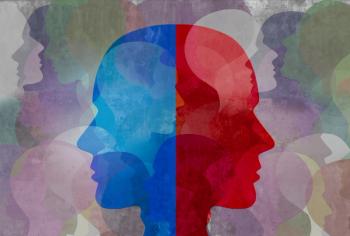
Monkey Mind: A Memoir of Anxiety
Importantly for lay and clinician readers alike, the book Monkey Mind: A Memoir of Anxiety reads as humor-laced triumph with many lost battles along the way rather than enduring unrelenting tragedy.
Frequent contributor to The New York Times, writer Daniel Smith has recently authored
When a crisis passes and anxiety wanes, in what he terms a “false dtente” and “psychic ceasefire,” Smith discusses how several times he believed himself to be cured of his anxiety. After several years of relapsing into disabling anxiety with periods of remission, he realizes the anxiety-free state lasts only “so long as the days are relatively the same, so long as the ride is generally smooth.” For those with chronic anxiety and the many in their lives who wish to help them with verbal salves emphasizing that passage of time alone will bring relief, he offers “on its own time means exactly nothing.” I, and I am certain that many others, have seen patients terminate therapy early or discontinue medication during a “false dtente” only to return later in a trying but perhaps preventable situation.
During one of his most intense periods of anxiety while a freshman at Brandeis University, Mr Smith describes his daily visits to a particularly secluded area of the library where he could be alone to read anything that might relieve his suffering. When he discovered Philip Roth he remarks, “I had found my anxiety’s Rosetta Stone.” In praising Roth’s writing, Smith writes “Roth protagonists are for the most part not good men . . . but they are almost always exceedingly honest – even, or especially, at the expense of their own serenity.” This very level of honesty at the expense of keeping his own foibles private is one aspect of what makes Smith’s book so brilliant.
Importantly for lay and clinician readers alike, the book reads as humor-laced triumph with many lost battles along the way rather than enduring unrelenting tragedy. Following intense suffering, Mr Smith embarks on a mission to become well. He attends therapy, takes antianxiety medication, and surrounds himself with people who can provide him with the supportive environment in which relapses into anxiety do not spell doom but are just obstacles on the way to better living. For the psychiatrist reader, the book reads like an incredibly successful treatment and for the patient reader, a source of hope by way of intense determination.
Newsletter
Receive trusted psychiatric news, expert analysis, and clinical insights — subscribe today to support your practice and your patients.

















